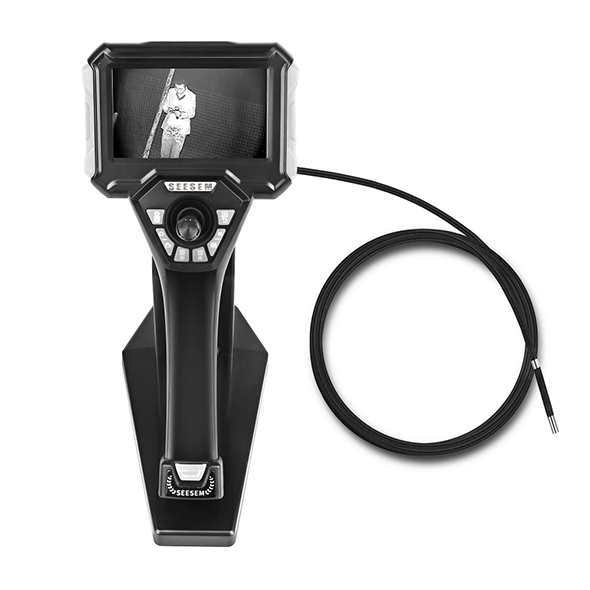Understanding the Differences in Caliber Sizes for Industrial Videoscopes
Introdução
videoscópio industrials play a crucial role in various inspection applications, enabling professionals to visualize and assess the internal conditions of hard-to-reach areas. These versatile devices are used across diverse industries, incluindo aeroespacial, automotivo, manufacturing, and maintenance. One significant factor distinguishing different models of industrial videoscopes is the caliber size. Neste artigo, we will explore the variations in caliber sizes and their respective implications on the performance and functionality of industrial videoscopes.
- Definition of Caliber Size
The caliber size of an industrial videoscope refers to the diameter of the insertion tube, which houses the camera and lighting components. It is commonly measured in millimeters (milímetros). Different videoscope models come with various caliber sizes, typically ranging from 2.4mm to 8mm. The caliber size significantly influences the accessibility and image quality of the videoscope.
- Impact on Accessibility
One of the primary considerations when selecting an industrial videoscope is its ability to access confined spaces. Smaller caliber videoscopes, such as those with 2.4mm or 3.9mm diameters, offer greater flexibility in navigating through narrow openings and tight bends. These slender scopes are ideal for inspecting delicate components, intricate machinery, and complex pipelines.
On the other hand, larger caliber videoscopes, such as 6mm or 8mm diameters, are more suitable for inspecting larger spaces or when a sturdier insertion tube is required. While they may lack the maneuverability of their smaller counterparts, they compensate with better stability and durability.
- Image Quality and Resolution
Another significant aspect influenced by caliber size is image quality. Geralmente, smaller caliber videoscopes produce higher-resolution images due to their reduced lens size and enhanced optical capabilities. This is especially advantageous when inspecting tiny defects or conducting precision inspections.
Conversely, larger caliber videoscopes may not offer the same level of image clarity as their smaller counterparts. However, advancements in technology have led to improvements in image sensors and optics, narrowing the gap between image quality across different caliber sizes.
- Illumination and Light Intensity
The caliber size also influences the illumination capability of industrial videoscopes. Smaller caliber videoscopes often have built-in LED lights near the camera tip, providing direct and focused lighting for inspections. This results in brighter and more vivid images in confined spaces.
Larger caliber videoscopes, due to their increased dimensions, can accommodate more powerful light sources. As a result, they are better suited for inspections in dimly lit environments or when dealing with materials that require intense illumination.
- Flexibility and Articulation
Smaller caliber videoscopes are generally more flexible and possess better articulation capabilities. This allows operators to navigate through intricate paths, making them ideal for inspections in complex systems and curved structures.
Conversely, larger caliber videoscopes may have limited articulation, making it challenging to maneuver through tight angles and corners. However, they may still offer sufficient flexibility for less intricate inspections.
Conclusão
Resumindo, the caliber size of an industrial videoscope plays a crucial role in determining its suitability for specific inspection tasks. Smaller caliber videoscopes excel in accessing confined spaces and provide higher image resolution, while larger caliber videoscopes offer greater stability and illumination power. When choosing an industrial videoscope, it is essential to consider the specific requirements of the inspection project to select the most appropriate caliber size for optimal results.


